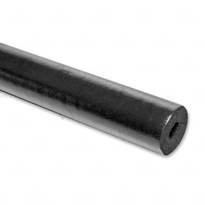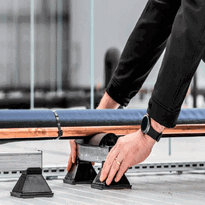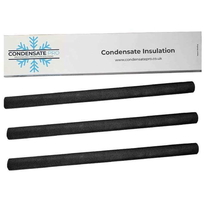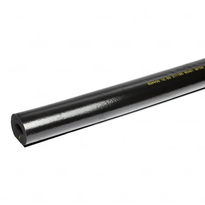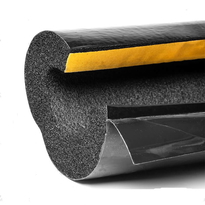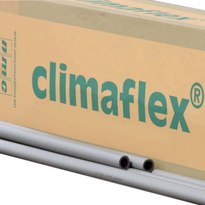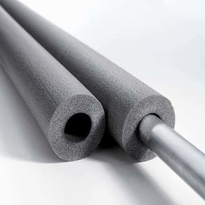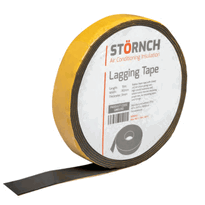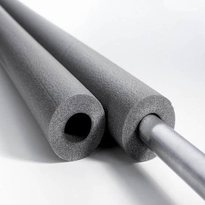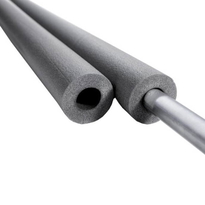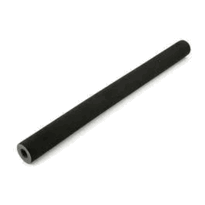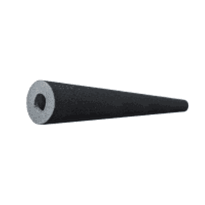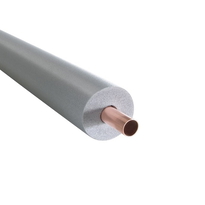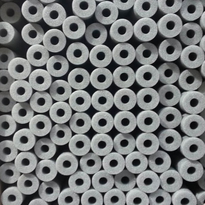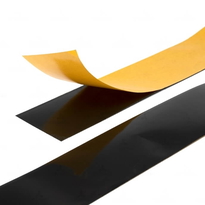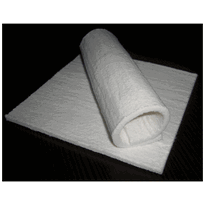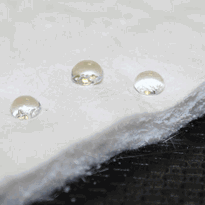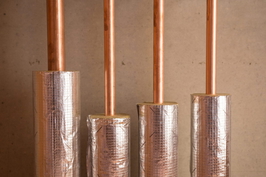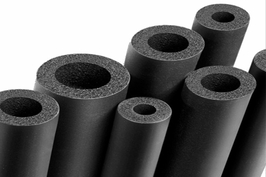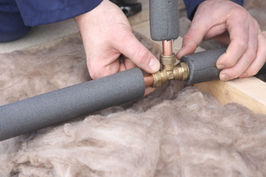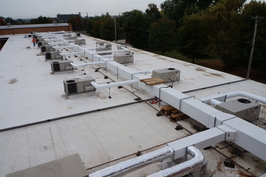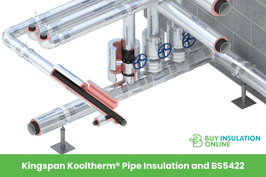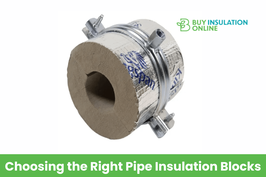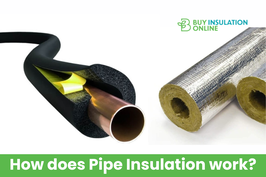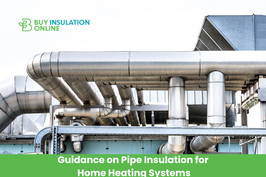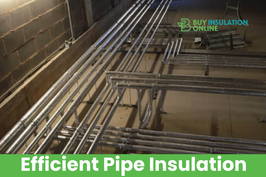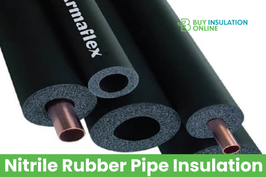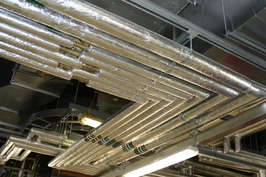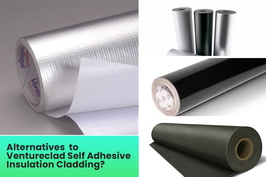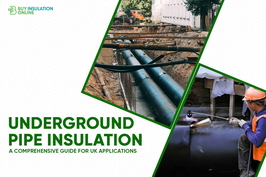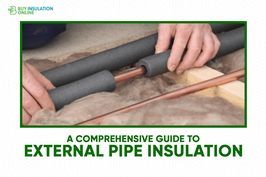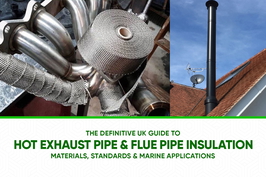22MM Pipe Lagging External
22mm external pipe lagging is designed to insulate outdoor or exposed pipes effectively, using materials such as elastomeric foam, mineral wool, or phenolic foam with weather-resistant properties. It helps to prevent heat loss, protect against environmental elements like moisture and UV rays, and comply with relevant safety standards such as BS 6798.
Proper installation involves accurately measuring the pipe diameter, preparing the surfaces to ensure a clean and smooth finish, and securely sealing joints to prevent heat escape and moisture ingress. Ensuring that the lagging is fitted snugly without gaps is essential for optimal performance and durability.
Materials chosen for external pipe lagging are typically weather-resistant, capable of withstanding the UK's varying climate conditions, including rain, wind, and temperature fluctuations. Choosing the right material depends on factors such as the pipe's location, exposure level, and specific insulation requirements.
Continuing with this information will provide further guidance on best practices for application and selecting the most suitable materials, ensuring effective insulation and long-lasting protection for your pipes.
Material Features and Environmental Benefits
The choice of pipe lagging materials plays a crucial role in determining both the functional performance and the environmental impact of insulation systems. Nitrile rubber-based elastomeric foams, such as Armaflex, feature a closed-cell structure that provides high flexibility, dependable condensation resistance, and energy efficiency. These materials are widely used for their insulation properties and cost-effectiveness. Mineral wool materials like Rockwool offer excellent fire resistance, durability, and thermal insulation properties while also reducing acoustic transmission. Their sustainability benefits include recyclability and low embodied energy. Phenolic foam with aluminium foil facing helps mitigate heat radiation loss due to its low emissivity surface, enhancing overall thermal performance. Polyethylene-based insulations, including Armaflex Tuffcoat, are weatherproof, protecting outdoor pipes from moisture, UV rays, and mechanical damage. High-density foam options, such as Primary Pro external lagging, often incorporate weather-resistant coatings that extend their lifespan and prevent heat loss, thereby supporting sustainable and long-term energy savings.
Installation Best Practices and Considerations
Effective installation of 22mm external pipe lagging requires thorough preparation and careful assessment of the existing surface conditions. This begins with conducting a render or surface strength test to ensure the wall or pipe can support the lagging layers. Measuring the pipe's outside diameter (O.D.) is essential to select the correct lagging size, as improper measurement can lead to gaps or compression, reducing thermal effectiveness. Any obstructive pipework must be removed or temporarily relocated to maintain functionality during installation. The pipe exterior should be cleaned to eliminate dirt, rust, or moisture, which can compromise adhesion. Precise measurement of pipe diameter ensures correct lagging size, preventing gaps or compression. Site conditions, including humidity and UV exposure, must be verified to select appropriate lagging materials with UV protection or vapour barriers. Selecting the right pipe lagging materials is crucial for longevity and thermal performance, especially in outdoor environments. Proper planning, precise cutting, secure sealing, and environmental considerations are essential steps for an effective, durable external lagging installation that maintains thermal efficiency and protects against weathering.
Applications and Compliance Standards
What are the primary applications of 22mm external pipe lagging, and how do these applications ensure compliance with relevant standards?
This insulation is predominantly used to minimize heat loss in heating and plumbing systems. Its main function is to protect hot and cold water pipes from environmental damage, such as freezing and physical impacts, particularly in outdoor or underground installations. Designed to insulate external heating pipework for heat pump systems. Applying 22mm external pipe lagging on pipes connected to boilers and heat pumps enhances the overall efficiency of the system by reducing thermal conductivity. This not only helps in conserving energy but also ensures compliance with industry standards like BS 6798 and BS 5422. These standards specify essential requirements for pipe insulation thickness, thermal performance, and safety to optimise system effectiveness.
External lagging must also meet fire safety standards, including Class O, and be resistant to moisture, ultraviolet (UV) exposure, and physical impacts. Such specifications guarantee the durability and safety of the insulation in various environmental conditions.
Proper application of 22mm external pipe lagging ensures adherence to regulatory requirements, promotes energy efficiency, and extends the lifespan of plumbing and heating systems. It's important that installation follows manufacturer instructions and aligns with relevant building regulations to maintain compliance, safety, and performance standards across all projects.
Conclusion
In conclusion, 22mm pipe lagging provides effective thermal insulation, enhances energy efficiency, and supports environmental sustainability through its material properties. Proper installation is essential and should follow established best practices to ensure a secure fit and long-term durability. It is important to select products that comply with relevant standards and are suitable for particular applications. By adhering to precise guidelines, professionals can optimise lagging performance, extend the lifespan of pipes, and uphold safety standards. This ensures reliable, cost-effective insulation solutions tailored to various industrial and commercial needs across the UK.
